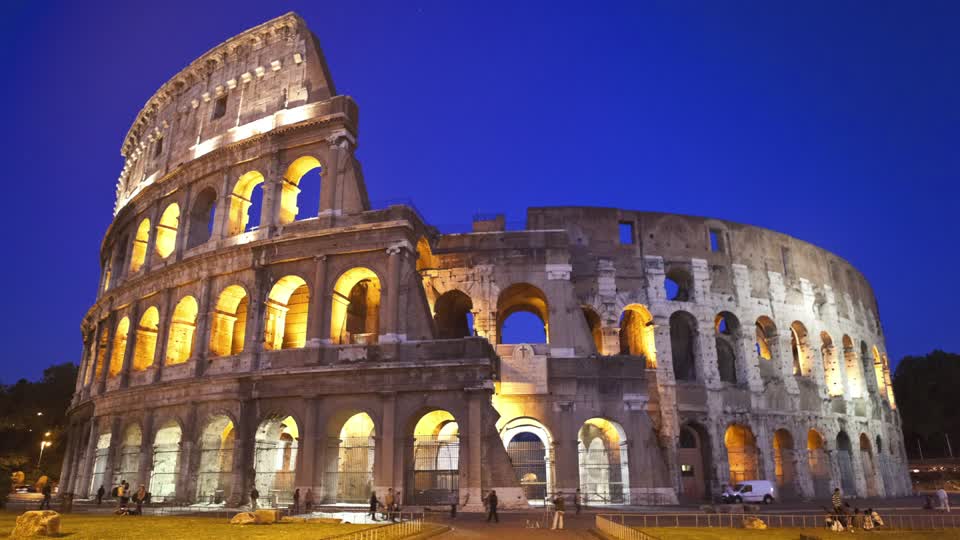In the year 2007, over a 100 million people voted in order to make a declaration on the %u201CNew Seven Wonders%u201D of the World. Below is the list of the 7 seven winners that focus on representing global heritage in the best way possible.
1. China- Great Wall of China
Constructed between the 5th century B.C and the 16th century, this stone-and-earth fortification known as the Great Wall of China was created with the purpose of protecting the borders surrounding the Chinese Empire from the invading Mongols.
The Great Wall of China.
This Great Wall is actually made up of a series of various walls that span across 4,000 miles, which has made it the longest man-made structure in the world.
2. Rio de Janeiro- Christ The Redeemer Statue
An Art Deco-style statue, Christ The Redeemer has loomed from the Corcovado mountain since 1931. This 130-foot reinforced soapstone and concrete statue was originally designed by Heitor da Silva Costa and the costs to build this statue cost around $250,000, with most of the funds raised from donations. This magnificent statue has since become one of the most easily recognized icons for both Brazil and Rio.
3. Rome- The Roman Colosseum
One of the more enduring icons in Rome would have to be its Colosseum. Constructed between 70 A.D and 80 A.D, this venue was used for around 500 years. The structure with its elliptical shape sat around 50,000 spectators that used to gather in order to watch public spectacles and gladiatorial events, which included executions, animal hunts and battle re-enactments. Stone robbers along with earthquakes have left the structure in ruins, but a few portions still remain which are open to visitors and tourists.
4. Peru- Machu Picchu
This Incan city known as Machu Picchu is made up sparking-granite is perched precariously between the 2 Andean peaks. Built in the peak era of the Incan Empire in the mid-1400s, this citadel was abandoned later by the Incas. This site was unknown for many years except by the locals until the year 1911, when Hiram Bingham an archaeologist rediscovered the site. This site is reachable by helicopter train, or foot.
5. Jordan- Petra
Declared as one of the World Heritage sites in the year 1985, Petra was once known as the capital for the Nabataean empire under the King Aretas IV and is suspected to be thriving in the era between 9. B.C to A.D. 40. This civilization was proven to be the earlier experts when it came to manipulating water-technology and the construction of intricate water chambers and tunnels, which assisted in the creation of a pseudo-oasis. The 4,000-seat amphitheatre, several outstanding structures which have been carved into stones, along with the El-Deir monastery have also helped this site in earning its fame.
6. Mexico- Chichen Itza
The adaptability and genius of the Mayan culture is easy to see in the Chichen Itza ruins. This extremely powerful city was a trading-center involving salt, honey, cloth and slaves flourished from 800 to 1200, and has acted as an economic and political hub of a Mayan civilization. One of the more familiar ruins on this site is El Caracol an astronomical and sophisticated observatory.
7. India- Taj Mahal
This mausoleum which was commissioned for Mughal Emperor Shah Jahan%u2019s beloved wife, the Taj Mahal was constructed between 1632 and 1648. Regarded as the perfect specimen of Muslim art, this structure made from white marble is a representation of different architectural styles, which includes Indian, Turkish, Persian and Islamic. The Taj Mahal is also made up of stunning formal gardens that include a linear-reflecting pool, sunken flower-beds and raised pathways.
